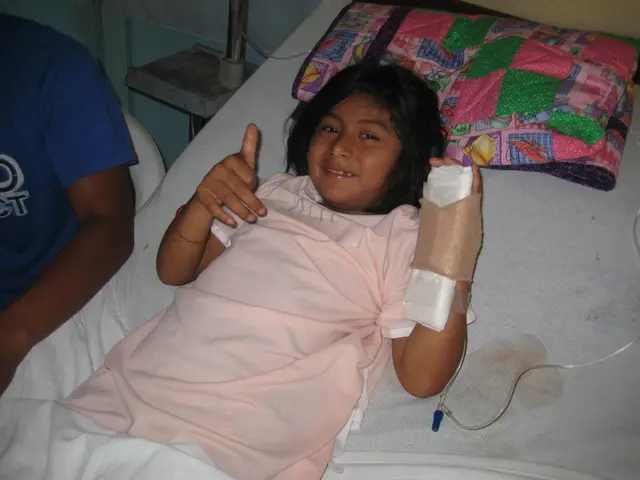Celebrating Disability Pride: Emphasizing Accessibility and Adaptations
In July, the world comes together to celebrate Disability Pride Month, a month-long event that began in 2015 to commemorate the 25th anniversary of the Americans with Disabilities Act (ADA). This significant legislation, enacted into law in July 1990, has dramatically improved civil rights and accessibility for people with disabilities in the United States.
Disability Pride Month originated as a cultural and political movement to celebrate the identity, contributions, and rights of people with disabilities. The first Disability Pride Day was held in Boston in 1990, just days before the ADA was signed, and the first Disability Pride Parade took place in Chicago in 2004.
The movement affirms that disability is a natural and valuable aspect of human diversity, rejecting narratives that treat disability as shameful, tragic, or in need of fixing. Instead, it emphasizes respect, inclusion, and visibility without requiring people with disabilities to conform or be pitied. The movement confronts and challenges ableism—a systemic oppression and prejudice against disabled people—in its many forms, including stereotypes, discrimination, and structural barriers.
Disability Pride Month is significant because it:
- Acknowledges the history and achievements of disability rights advocacy. - Promotes awareness and education about disability culture and challenges. - Honours the contributions of a diverse disability community, representing a substantial minority of the population (approximately 27% in the U.S.) with varied identities. - Advocates for ongoing justice, accessibility, and inclusion.
Celebrations during Disability Pride Month typically include Disability Pride parades and festivals showcasing disability culture, art, and performances, educational events, workshops, and panel discussions, advocacy efforts aimed at promoting accessibility, fighting ableism, and influencing policy, and community gatherings that foster solidarity, empowerment, and visibility for people with disabilities.
Assistive technology, like communication boards, plastic straws, large print books, hearing aids, speech-to-text/text-to-speech features, alt text, closed captions, dark mode, and adaptive resources at libraries, is often developed for disabled individuals but benefits all users. The Harris County Public Library, for example, offers adaptive equipment and resources, such as vision kits, memory kits, and comfort kits, both in-house and for checkout.
The Disability Pride flag, designed in 2019 by Ann Magill, represents the diversity of the disabled community with six colours: red for physical disabilities, gold for neurodiversity, white for invisible disabilities, blue for emotional and psychiatric disabilities, green for sensory disabilities, and black for mourning disabled people who have died due to violence and abuse from discrimination. The flag can be found at weinberg.cuimc.columbia.edu.
Disabled people make up 15% of the world's population, and the library's website features content related to Disability Pride Month for kids, teens, and adults. The ADA ensures that disabled persons cannot be denied access to public spaces and services, and public accessibility accommodations, such as sloped curbs/crosswalks, handrails/safety bars, wheelchair-accessible facilities, Braille on signs, and Accessible Pedestrian Signals (APS), are codified by the ADA.
In summary, Disability Pride Month is both a celebration and a call to action rooted in decades of advocacy, emphasizing pride in disability identity and demanding equal rights, respect, and inclusion for all people with disabilities.
- The library provides adaptive equipment and resources, including vision kits, memory kits, and comfort kits, acknowledging the diversity within the approximately 27% of the U.S. population that represents the disability community.
- Assistive technology, such as communication boards, large print books, and speech-to-text features, frequently developed for disabled individuals, is beneficial to all users, promoting accessibility in public spaces.
- Disabled people make up 15% of the world's population, and the library's website offers content related to Disability Pride Month for kids, teens, and adults, aiming to foster awareness and education about disability culture.
- The Disability Pride flag, with its six colors symbolizing different types of disabilities, honors the contributions of the diverse disability community, emphasizing respect and visibility for people with disabilities.
- During Disability Pride Month, celebrations often include educational events, workshops, and panel discussions, advocating for ongoing justice, accessibility, and inclusion for all people with disabilities, challenging and confronting ableism in its various forms.




